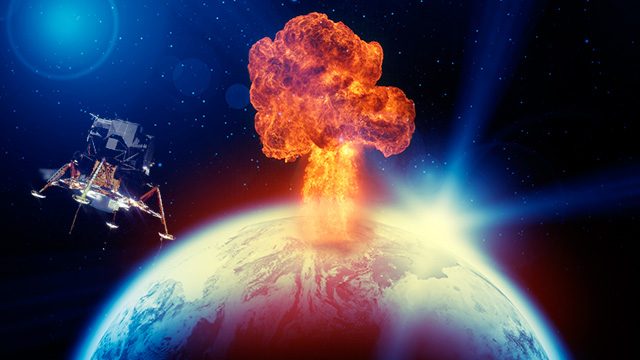How Cold War nuclear testing once made orbit unsafe for Apollo
Ars Technica » Scientific Method 2013-08-11

Nine seconds after 11 o’clock on the night of July 8, 1962, a 2,200-pound W-49 nuclear weapon detonated 248 miles above a tiny island to the west of Hawaii. The blast, which yielded 1.4 megatons, instantly turned the night sky daylight-bright. As the flash dissipated, electrons from the explosion interacted with the Earth’s magnetic field to create an artificial aurora thousands of miles long. The residual light danced across the sky for seven minutes. The blast’s accompanying electromagnetic pulse knocked out street lamps 800 miles away.
The explosion that night wasn’t hostile; it was an American weapons test called Starfish Prime. The Department of Defense and the Atomic Energy Commission were running a program designed to study the effects of nuclear warfare on the atmosphere. The effects the program found were far more profound than a light show. Starfish Prime created an artificial radiation belt that enveloped the Earth and intensified the Van Allen belts, fallout NASA quickly realized could threaten its Apollo program in the race to the Moon. For a brief period, it wasn’t clear whether manned space flight could continue at all.
Nuclear testing and the early Cold War
In the mid-1950s, the Soviet Union and the United States were both developing nuclear weapons, a practice that demanded rigorous test programs. On both sides of the world, these weapons were purposefully detonated underground, underwater, and in the upper atmosphere. (Between 1953 and 1958, the United States, Soviet Union, and United Kingdom, combined, launched a total of 231 atmospheric nuclear weapons tests.) The ongoing tests led to international unease as people became increasingly worried about the effects nuclear radiation would have on their health. This was particularly true in the United States, where victims of the Hiroshima bombings sought treatment, showing Americans exactly what their nuclear weapons could do.
Read 36 remaining paragraphs | Comments




